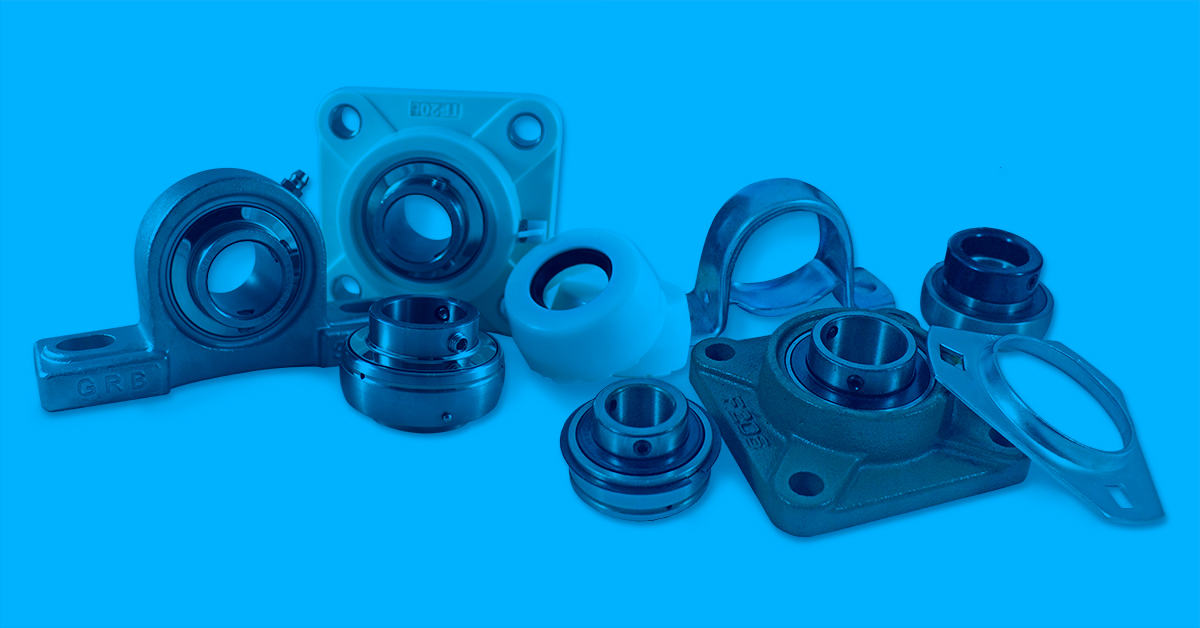Machining of industrial mechanical parts: The different materials used
By Roger Brochu, vendredi le 3 mai 2019, 16:59

A technology that has evolved
Rolling is a concept that goes back thousands of years. Although it is not possible to qualify them as industrial mechanical parts, the first rolling prototypes were already based on the same present principle, which is the reduction of friction. In ancient Egypt, the workers used to roll wooden logs to move the huge blocks of stone used to build the pyramids.
However, it's Leonardo Da Vinci who is responsible for the very first model of ball bearings. Aesthetically similar to today's industrial mechanical parts models, Da Vinci's prototype introduced the concept of ball cages to eliminate friction between them. Current industrial mechanical parts have therefore not changed dramatically over time. Only the materials that compose them changed.
Popular materials
Unlike Da Vinci's model that was made of wood, 21st century industrial mechanical parts use more aerodynamic materials that meet the constraints of the environments in which they operate. When machining industrial mechanical parts, which is the manufacturing of parts by removing material to give the object the right shape, some techniques or machining materials are prioritized over others.
1) Stainless steel
By definition, steel is considered to be stainless if it is composed of a minimum of 10.5% chromium and a maximum of 1.2% carbon. Over time, stainless steel has become a staple for machining industrial mechanical parts.
The machining technique of industrial mechanical parts made of stainless steel varies according to the model. Austenitic steels are more difficult to machine than ferritic or martensitic steels, mainly because of their low yield strength. Therefore, heavier machinery must be used to process this type of stainless steel.
For industrial stainless steel mechanical parts, there are several steps to maintain the surfaces. The chromium oxide layer that protects stainless steel from corrosion often requires treatment. The first step is stripping, which is the process of removing ferrous particles or abrasive tooling residues. In order to do this step, sanding and the use of chemicals are recommended. Subsequently, it must be ensured that a greasy layer does not form on the industrial mechanical part. The best method is grinding, the act of removing a part of the surface of the mechanical part. Although not always necessary, polishing is another technique for extending the life of a stainless steel mechanical part.
2) Chrome steel
Chrome steel is a material found mainly in a precise ball bearing model, the AISI 52100. Its composition allows the balls to be very hard, providing a higher load capacity than other models simply made of steel. These beads also have an optimal resistance to wear and deformation. This type of bearing is found in many industrial applications such as machines, tools, motors and pumps.
3) Gray cast iron
Gray cast iron is the addition of 2.5% to 4% carbon in molten iron. It is the most frequently used alloy for machining industrial mechanical parts. This process is used to lower the melting point of the metal to make it more fluid. It also increases the strength and corrosion resistance of industrial mechanical parts.
4) Thermoplastic material
When heated to a high temperature, thermoplastic is softened but becomes hard once cooled. This feature allows the surface not to degrade and therefore to be effective in a stress situation. Consequently, industrial mechanical parts that are made of a thermoplastic material are not affected by the mechanical stresses that could damage them in the long term.








